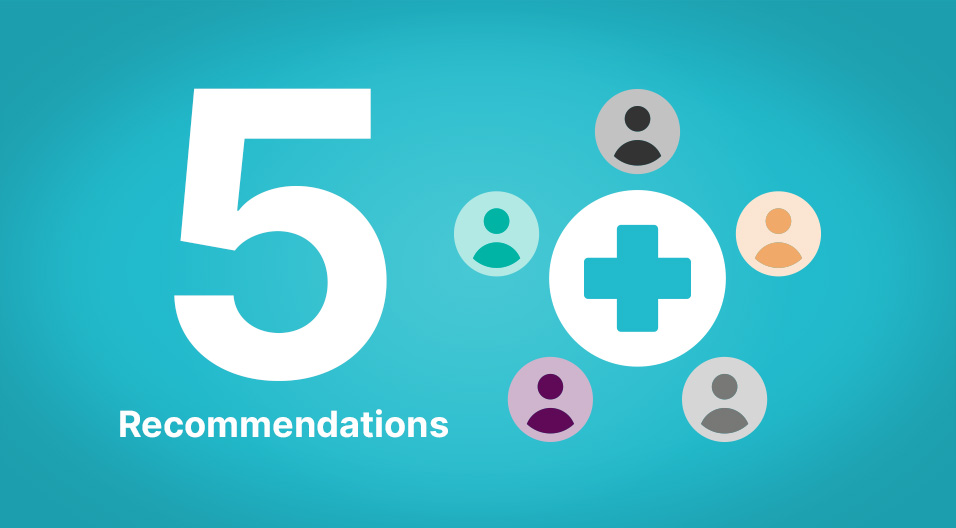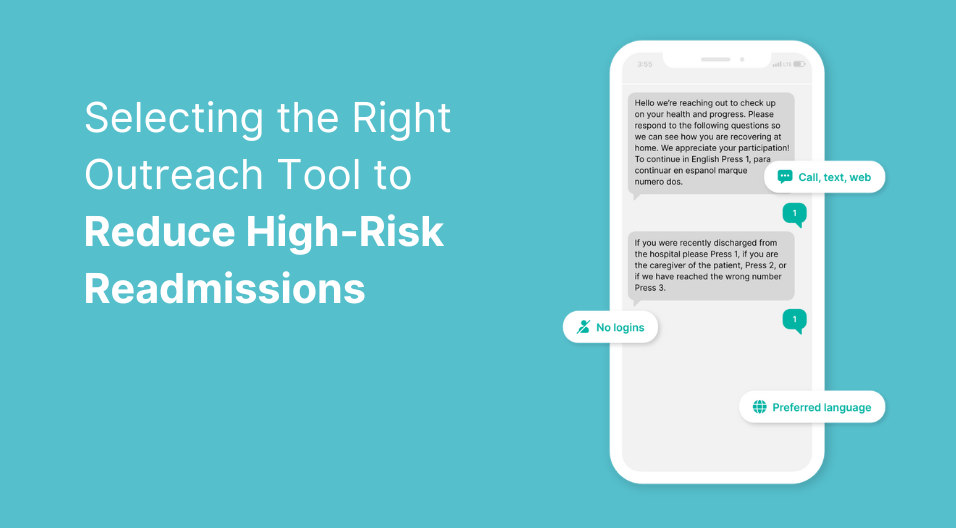Achieving racial and ethnic equity in healthcare remains of critical importance for health systems across the US. Due to these inequities, Black and American Indian/Alaska Native (AIAN) individuals face health disparities such as shorter lifespans, higher mortality rates from treatable conditions, and increased risks during pregnancy, while also battling a higher prevalence of chronic health conditions such as diabetes and hypertension, according to The Commonwealth Fund.
Health systems have the opportunity, with the help of patient engagement technology, to address these long-standing issues and advance health equity through tracking outreach metrics by demographics and changing outreach practices to increase reach rates to vulnerable groups.
With knowledge of population health data trends, healthcare leaders can better understand 1) who to target with more outreach and 2) when to try different modalities to connect with people based on their preferences (phone or SMS). By staying in contact with more patients throughout their care, they can drive better clinical outcomes across racial and ethnic populations in the health care system.
Drawn from CipherHealth’s customers and their successful outreach initiatives, here are five recommendations that offer a blueprint for health systems working to advance health equity.
1. Inclusive multimodal communication
Implementing a multimodal patient outreach strategy is paramount to improving health outcomes. Leverage various communication channels such as phone and SMS, and offer multiple languages to cater to diverse patient populations. This inclusive approach ensures that patients from all backgrounds have access to critical post-discharge support and information.
2. Data-driven disparity identification
To advance health equity, use data analytics to identify disparities in reach rates among at-risk patient communities. Perform a full review of reach rates by demographics to assess which communication modalities worked best for each group, and for patient populations on a whole. For instance, the data might show that exclusively phone-based outreach isn’t effective enough, and adding text messaging outreach will engage more patients. This data-driven approach allows healthcare providers to pinpoint where inequities exist and tailor outreach efforts in their health equity strategy accordingly.
3. Personalized outreach time
Recognize that different patient groups may respond better to outreach at varying times. Develop an outreach schedule that takes into account patients’ preferences and social needs. This better ensures that patients receive support and information when it is most convenient for them. They’ll also be more likely to engage with healthcare providers and follow through with their recommended care plans, leading to improved health outcomes and greater patient satisfaction.
4. Continuous improvement through feedback
Establish mechanisms for collecting patient feedback regarding outreach efforts. Regularly solicit input from patients to refine your communication and health equity strategies. This iterative process helps healthcare systems adapt to evolving patient needs, improving the quality and effectiveness of outreach.
5. Collaborative partnerships
Forge a strong partnership with your technology providers. Collaborative efforts enable healthcare institutions to leverage cutting-edge solutions and stay at the forefront of healthcare equity initiatives.
Using CipherOutreach, our customers have seen marked improvements in their post-discharge reach rates to patients. They can provide timely, preventive care to patients, connect them to the right services in their community, prevent readmissions, and reduce costs — without the need for additional staff members.
By putting these recommendations into practice, healthcare systems can make significant strides in advancing health equity and bridging the gap in post-discharge reach rates. Multimodal patient outreach, data-driven decision-making, personalization, continuous improvement, and strategic partnerships can create a more equitable healthcare landscape, ensuring better outcomes for all patient populations.









